The Power Dress: Women’s “Professional” Dress Code That Encourages Bias
The age-old saying; “Dress how you want to be addressed,” has been effective since its inception. It is no surprise that as humans we have preconceived notions of what people should look like. We go about our day constantly profiling people, judging each book by its cover. Think about what goes through your mind when someone comes to market a get-rich-quick scheme to you whilst looking shabbily dressed, you are most likely not going to give them your attention.
In the 70s, women were beginning to get into top positions in business and politics, two traditionally male-dominated industries. As expected, they struggled to command the respect of their male colleagues and even subordinates. They had to fix this. What were the men doing that they weren’t? It must be the appearance.
Molloy’s Book On How Women Should Dress To Work
During the late 80s, a fashion style that empowers women to assert their authority in a professional and political environment was developed. The idea was simple: de-sex their feminine look to have a more masculine appearance to be accepted as equals in the professional sphere. It was called “Power Dressing.” This concept was made popular by author John T. Molloy. In 1975, Molloy, who conducts research and training seminars for many major corporations, wrote a book – Dress For Success – on the effect of clothing on a person’s success in business and personal life. It quickly became a bestseller and two years later, he wrote a sequel titled; The Women’s Dress For Success Book.
Molloy’s advice was unusual because they ran actual tests by showing drawings to people and compiling their perceptions of the impact of the clothes. In The Women’s Dress For Success Book, he stated, “This is the most important book ever written about women’s clothes, because it is based on scientific research, not on [the author’s] opinion.”
What was discovered is still included in “advice” articles today: Dress like you already have the job. Respondents subconsciously judged the clothes to see that the wearer fit in with other employees. Molloy frankly stated that the attempt to “look like” current employees posed a special challenge for women and minority applicants in the contemporary reality of a white, male-dominated workplace back in the 70s.
Molloy’s manuals which suggest a gender-specific professional dress code addressed a new kind of female workers entering a typical masculine environment recommending them a “uniform” that would help them to acquire authority, respect, and power at work. Together, these manuals popularised the concept of “power dressing.”
Initially, power dressing involved a conservative style recalling the male wardrobe, which included tailored suits, jackets with padded shoulders, roll-neck sweaters, and knee-length skirts. With this uniform, the female body was divided into two parts: The upper part covered by a jacket to de-emphasize breasts, and the bottom covered with a skirt that was a reminder of femininity. These outfits were usually matched with feminine accessories, discrete pieces of jewellery like pearls, diamonds, gold necklaces, earrings, scarves, and ruffs. Elaborate patterns such as floral prints were usually substituted by polka, pinstripes, and hound-tooth ones. As far as colours were concerned, more sober ones such as blue, black, navy, and grey were commonly preferred to feminine ones like salmon pink and red.
As time passed and more women populated and established their authority in the work environment, the women’s suit was remodelled: no more feminized imitations of men’s professional garments but suits different in fabric, cut, colour, and ornament, helping women to show both their authority and their femininity. Wearing a suit did not represent an effort to camouflage with men but an effort to stand out and define a clear visual presence. Women saw this new clothing style as a way to detach from the classical feminine meaning of fashion, mainly associated with aesthetics and frivolity. Power dressing locates power at body level giving a message about women and their profession, enclosing at the same time something about self-esteem and confidence.
One of the main purposes of power dressing was to reduce the female body’s sexuality to gain authority in the workplace. The feminine body has historically been associated with nature, nurturing, and reproduction. something that can be perceived as problematic in most workplaces.Over time, it has been well observed that both men and women take pleasure in being looked at by others, as well as take pleasure in looking at others, in a sexual context; however, it is only the female body that remains overly sexualized culturally.
Power dressing thus attempts to counterbalance a woman’s natural femininity and inherent sexuality, with the goal of preventing the sexual misinterpretation through her clothes that might otherwise allow. Power dressing, as a new fashion phenomenon, has its symbols in public figures such as Margaret Thatcher, Princess Diana, Hillary Clinton, Michelle Obama, Folorunso Alakija, Kamala Harris, Ibukun Awosika, President and Group Chief Executive Officer of Transnational Corporation of Nigeria (Transcorp), Owen Omogiafo, Managing Director and Chief Executive Officer of Transcorp Hotels, Dupe Olusola, and several other women in position of power within the corporate world. Margaret Thatcher above all was one of the first to incorporate the spirit of power suits and had a “reputation as the original female power-dresser”. Her personal style was, according to Vogue, reinvented following Molloy’s suggestions to make her appearance appropriate for the role of Prime Minister.
- Dupe Olusola
- Folorunso Alakija
- Owen Omogiafo
Margaret Thatcher’s style sets the rules on how female politicians should dress, which is a conservative, powerful but simultaneously feminine way. Her typical power suits consisted of a skirt suit with wide shoulders, a bow blouse and the Asprey handbag, which, thanks to her, became famous. Her signature style was to be expressed in the very famous pearl necklace. She was able to pave the way for all those career-motivated women who were trying to succeed in a male-dominated world and like her, they could find support in clothes and accessories to communicate authority and power. Hillary Clinton is a contemporary icon of power dressing: with her pantsuits, she is a follower of the Thatcher style.
But Why Does A Woman Have To Dress Like A Man To Gain The Respect Of Her Peers?
When DOWNTOWN’s cover personality, Temi Marcella Awogboro, started her career journey at Goldman Sachs, she was met with the harsh reality that she had to put in extra work—not in her skill as she was the brightest amongst her peers, but in her appearance— to gain her colleagues and superiors’ respect. She shared her experience of how her change of wardrobe accelerated her career growth.
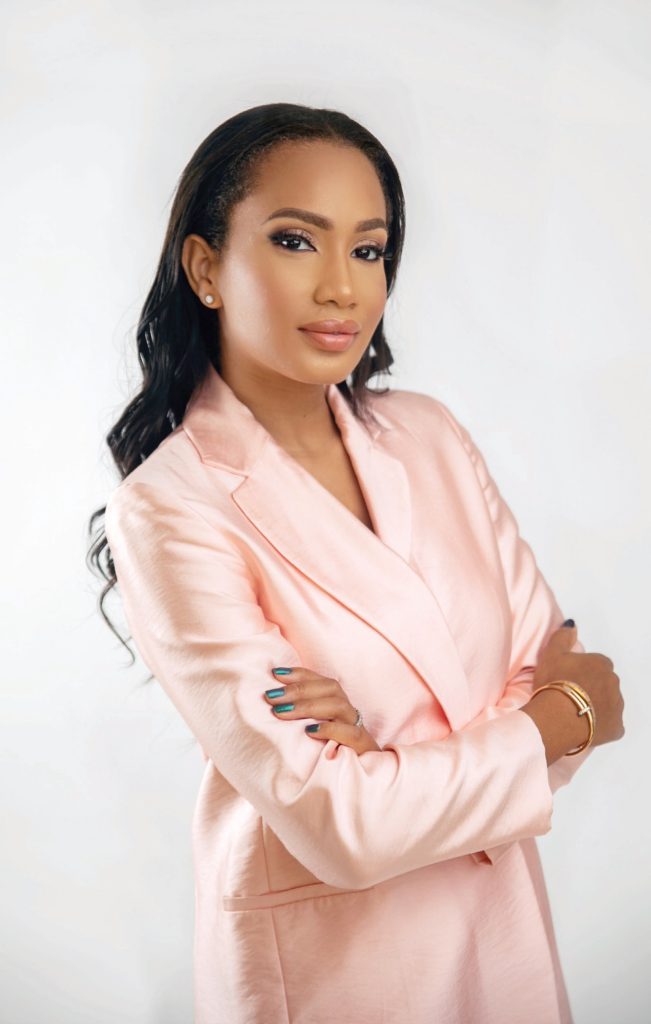
Temi Marcella Awogboro
She narrated, “So it was an adjustment for me; I would say that it made me tougher. You see it a lot when you start to overcompensate because you’re very aware now you’re a woman, so I started wearing dark colours only, I was wearing trousers only, I wouldn’t wear dresses, and then I was tough, I was hard as nails, I never showed anyone any emotions. And in a way, that helps you rise up the ranks and succeed.” Women, just like their male counterparts, get an education and secure a job to seek a better life for themselves, but their path is much different from their peers. Tales of sexual harassment in the workplace appear too often than they should. In between the side comments, often sexual, that constitutes a very uncomfortable work environment, the mansplaining fuelled by implicit biases that women aren’t as smart as men, and sometimes way-too-familiar physical contacts that could pass for groping and assault, women already have their hands full with obstacles to navigate in the workplace. And in a shame-based society such as ours that shames the victim and completely exonerates the perpetrators, women often get asked the question: “what were you wearing?” The quest for clout is an innate human nature. It is why we invest so much in our career and self-development; to one day get to the top of the food chain where we can have a direct influence in our respective industries. It is a usually long and arduous journey that requires hard work, dedication, constant skill development, and intrepidity. For women, it is also very dependent on what they choose to wear during the course of that journey. One woman who has never conformed to this corporate uniform however is the Director-General of the World Trade Organization, our very own Dr. Ngozi Okonjo-Iweala.
Be Like Ngozi: The Dr. Ngozi Okonjo-Iweala Plot Twist
Dr. Ngozi Okonjo-Iweala, who has had a 25-year career at the World Bank in Washington DC in the past as a development economist before rising to the second position, managing director, is notably the first woman and first African to lead the WTO as a DG. She also sits on several international boards including Twitter, Standard Chartered Bank, amongst others. She epitomises career women at the topmost level, and she did that never having to wear a suit. Her overtly feminine style, which has since become her signature, consists of an ankara blouse, an ankle-length skirt, a headgear that is always uniquely tied around her low-cut grey hair, and a bead necklace.
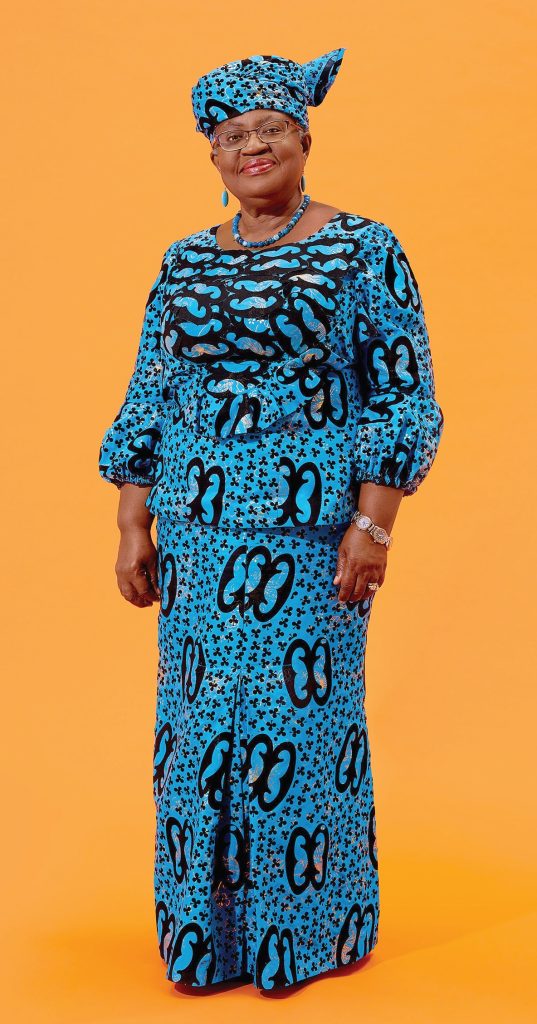
Ngozi Okonjo – Iweala
Immediately after Okonjo- Iweala’s confirmation as the DG of the WTO, the hashtag #BeLikeNgoziChallenge began trending across social media platforms as young girls, women, and even men took part in the challenge, recreating her style. Even the British High Commissioner to Nigeria, Catriona Laing also joined the trend. Dr. Okonjo-Iweala would immediately acknowledge the gesture via her Twitter account regarding the challenge’s significance to her.
“Oh! It meant so much to me. I was so honoured and so proud to see those little girls and even the British High Commissioner to Nigeria take part in the challenge,” she said.
Although Okonjo-Iweala did not invent the now-famous Ankara wear that has always been synonymous with Africans, as we have seen with other notable African women like Nigeria’s former National Agency for Food and Drug Administration and Control (NAFDAC) dynamo, the late Prof. Dora Akunyili, and Liberia’s Ellen Johnson Sirleaf who have long been known to share the Afro dress sense ideology, she is responsible for taking it a step further in both political and sociocultural contexts. Her signature style, which she steadily cultivated during her undergraduate days at Harvard University, adds a much-needed intensity to the liberating place of women in positions of power with their own unique dress styles. In a corporate world that has been well-fed on the byproducts of systemic patriarchy, her style is not only unconventional, it is ammunition that helps to break the bias against women in power.
When asked why she had chosen to stick with her style instead of the culturally expected power dressing, she responded, “As I started getting up in leadership—and I was already climbing in the managerial ranks–one thing I noticed was, ‘as a woman leader making your way, people look at your appearance so much. They don’t look at men as much, they can easily appear in their suit and tie or Agbada and so on. They don’t comment on their attire. But a woman is put up for scrutiny.’” She notes that her unique dress style gives her “a standard look–which I am proud of—which depicts my country and also stops people from wondering what I am going to look like.” Talking about her dress sense, Dr. Okonjo- Iweala admits she curated her style because she “can do it in two minutes.”
Although Dr. Okonjo-Iweala’s case is as rare as a purple unicorn, it echoes the bias that most women in the corporate world face whenever they are not taken seriously or accorded the respect that they are due unless they dabble into the male section of a boutique for originally men apparels.
Self-identifies as a middle child between millennials and the gen Z, began writing as a 14 year-old. Born and raised in Lagos where he would go on to obtain a degree in the University of Lagos, he mainly draws inspiration from societal issues and the ills within. His "live and let live" mantra shapes his thought process as he writes about lifestyle from a place of empathy and emotional intelligence. When he is not writing, he is very invested in football and sociopolitical commentary on social media.




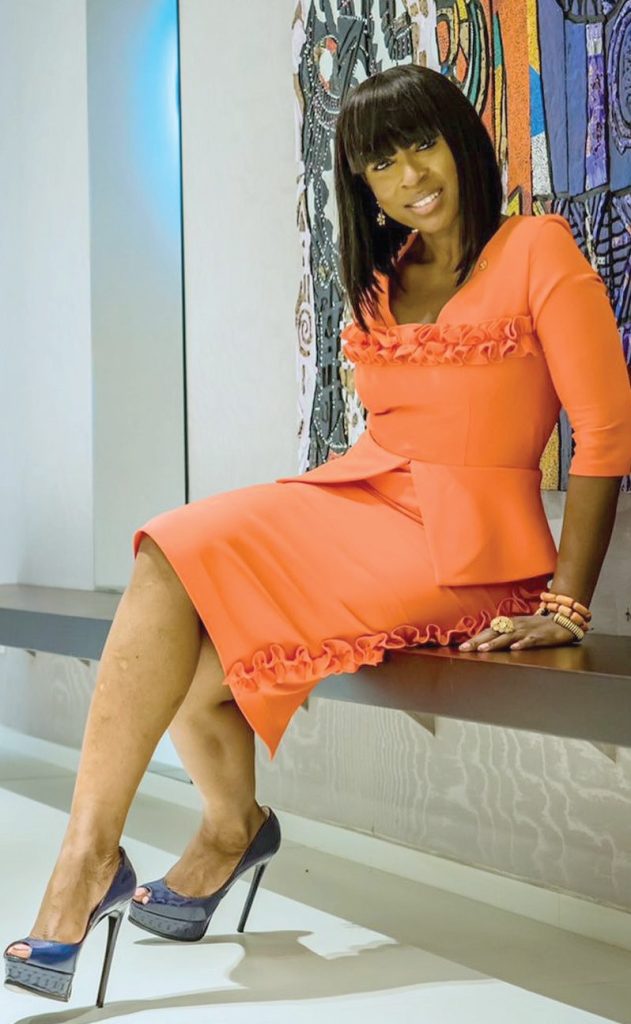
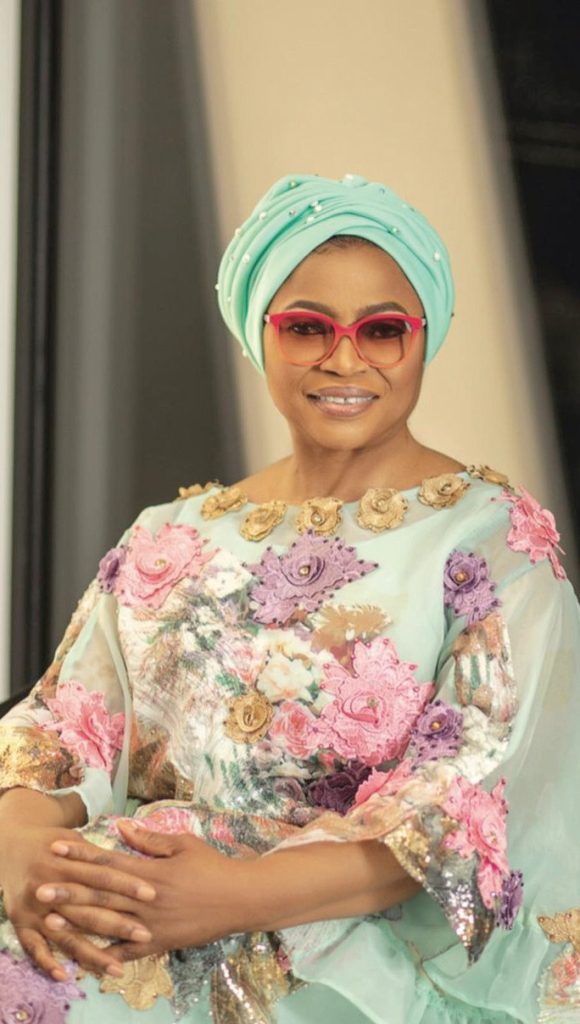
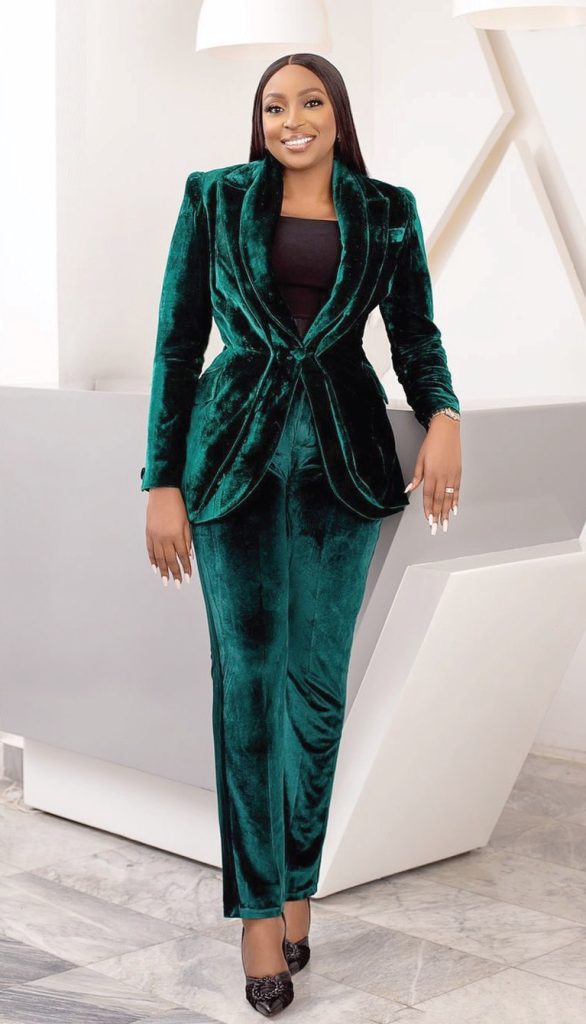

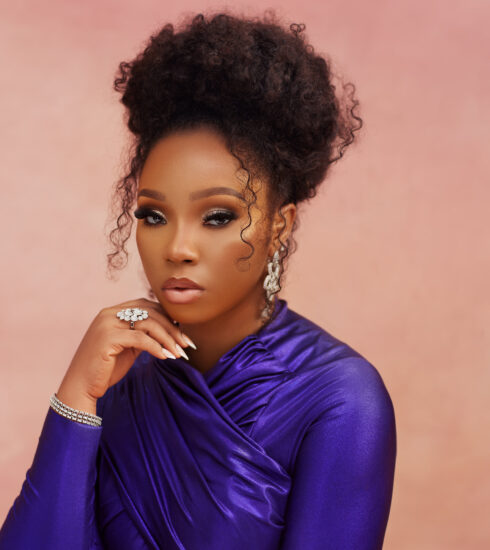
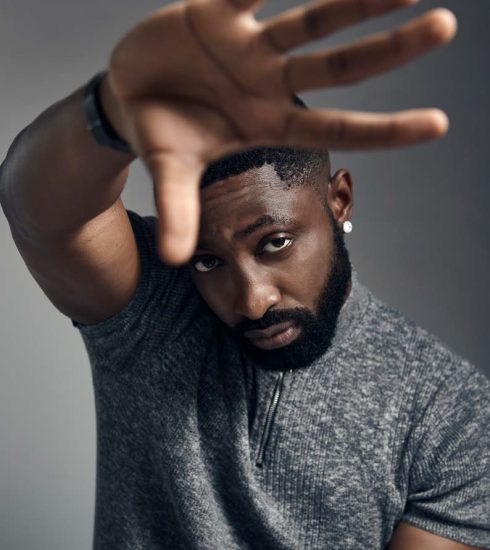
Saa
3 years agoBeautifully written!